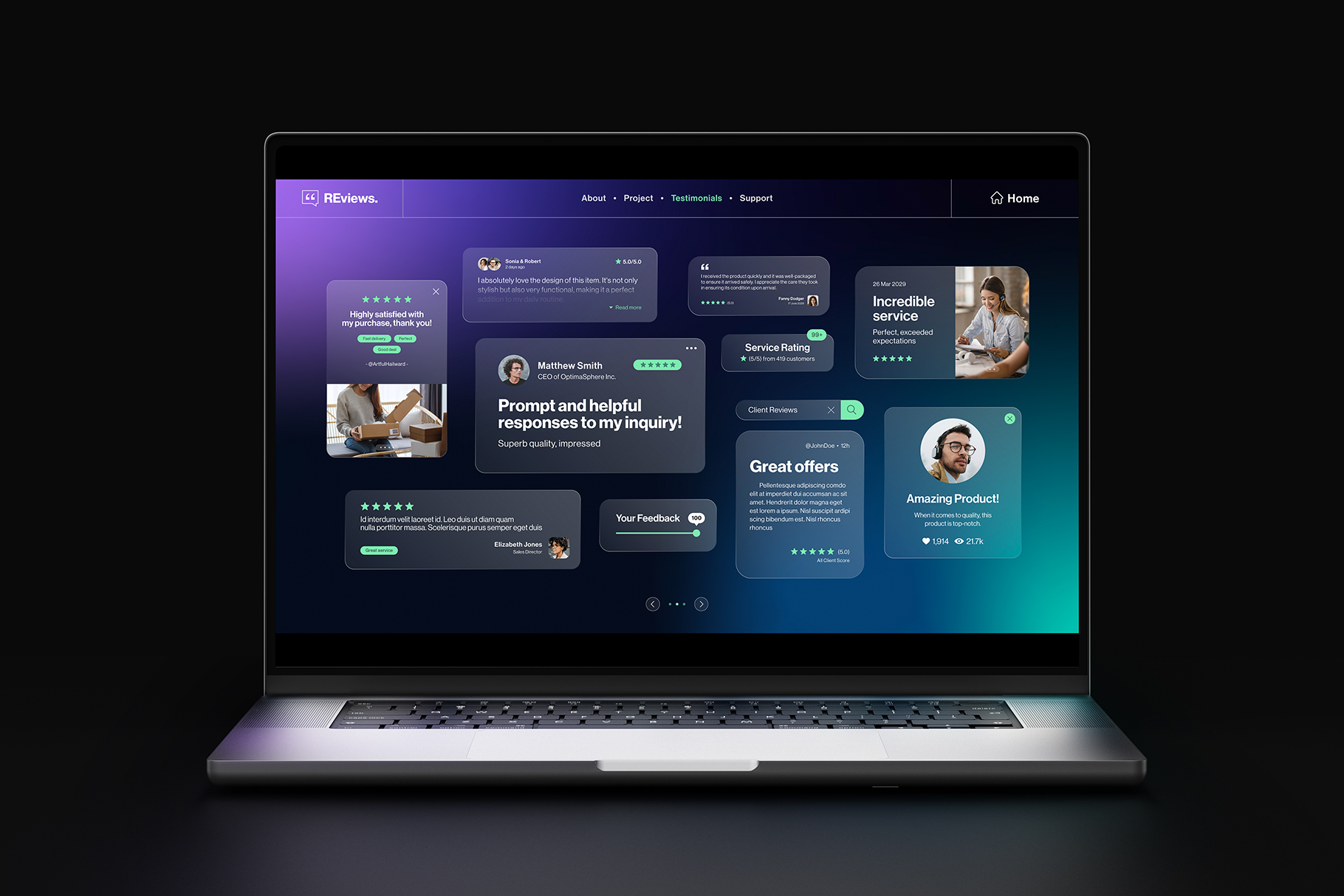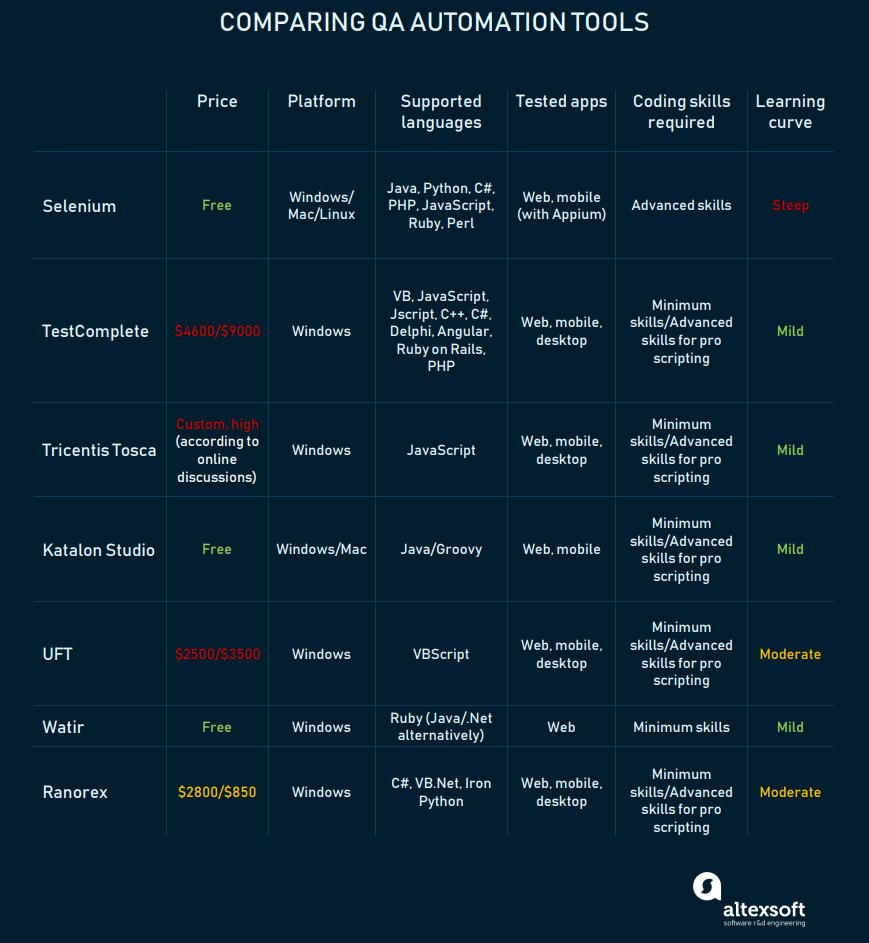In today's fast-paced digital marketing landscape, optimizing your content is essential for engaging your audience and driving conversions. With the rise of artificial intelligence (AI), you now have access to advanced tools that can significantly enhance content performance. Among these tools, real-time split testing stands out as a practical approach, allowing you to test different content variations and adjust your strategies based on immediate feedback. This guide will walk you through the role of AI in content optimization, the process of split testing, and best practices for successful implementation. By the end, you’ll have insights into how to effectively leverage these technologies to improve your content strategies.
Using AI-driven methods helps you enhance user engagement while optimizing content based on solid data. As a digital marketer or content strategist, understanding the algorithms at play, the benefits of real-time testing methodologies, and the ethical considerations surrounding data usage is crucial. You will also learn about emerging tools that can streamline your processes, making your campaigns more effective and reducing the reliance on trial and error.
Unlocking the Potential of AI in Content Optimization
AI-enhanced content optimization refers to the use of artificial intelligence technologies to analyze and improve the effectiveness of digital content. By leveraging machine learning algorithms, you can sift through vast amounts of data to make informed marketing decisions that resonate with your target audience.
Definition of AI in Content Optimization
AI simulates human intelligence in machines, enabling them to think and learn. When applied to content optimization, AI employs algorithms to analyze historical data and identify patterns in user behavior, thus predicting future performance.
Importance of Real-Time Data for Marketers
In the rapidly changing digital environment, real-time data is invaluable. It empowers you to make informed decisions on the fly, ensuring your content remains relevant and aligned with current trends.
Benefits of AI-Driven Split Testing Strategies
AI-driven split testing allows for better precision and efficiency when testing content variations. Instead of relying on traditional methods that can be slow and inaccurate, AI automates the process of traffic allocation and adapts to user interactions, optimizing engagement in real time.
Research from Gartner indicates that businesses utilizing AI can achieve up to a 30% improvement in marketing efficiency. By implementing these technologies within your optimization strategies, you can significantly boost the performance of your content.
An infographic summarizing the benefits and impact of AI on content optimization (Source: Source Verification)
Decoding AI Algorithms for Content Performance Prediction
Understanding the algorithms that fuel AI is essential for utilizing its capabilities in content optimization. Here, we will explore some of the most relevant machine learning algorithms and their applications for predicting content performance.
Overview of Algorithms
-
Random Forest: This ensemble learning method handles complex datasets well. By using multiple decision trees to inform predictions, it offers a comprehensive analysis of various content features.
-
Gradient Boosted Models (GBM): GBM builds decision trees sequentially, correcting errors made by previous trees. This makes it effective for ranking content based on predicted user engagement.
-
Neural Networks: These deep learning models excel at analyzing intricate data patterns, making them particularly suitable for processing audio, video, and textual content.
Real-World Applications
Applying these algorithms not only enhances the predictive accuracy of user engagement but also improves responsiveness in your strategies. For instance, using these models can streamline content delivery that caters to user preferences, creating a more personalized experience.
Research from Facebook shows that the open-source Prophet algorithm can significantly aid in predicting long-term trends in content engagement over time.

A flow chart illustrating various machine learning algorithms used for content performance prediction (Source: MarketingProfs)
Real-Time Split Testing: Simplifying A/B Testing Processes
AI-driven solutions are reshaping the landscape of A/B testing, making it easier for marketers to analyze performance data and optimize content.
Definition and Significance of Real-Time Split Testing
Real-time split testing involves running multiple variations of content simultaneously to determine which one performs best among your audience. This immediate analysis gives you insights to help make quick, informed decisions.
Benefits of AI in A/B Testing
AI enhances the split testing process by automating how traffic is distributed and how data is analyzed. These tools can quickly direct more users to the better-performing content, maximizing engagement efficiently.
Case studies demonstrate significant outcomes; for example, Bimago utilized AI-based A/B testing, resulting in a 12% increase in revenue per visitor and achieving testing velocity that was 60% faster than traditional methods.

Before and after A/B testing screenshots highlighting changes in user engagement (Source: AppTweak)
Integrating AI-Driven Analytics with Marketing Tools Made Easy
While the advantages of AI in content optimization are clear, integrating AI tools with your existing marketing technology stack can be challenging.
Common Integration Challenges
-
Data Silos: Companies often encounter fragmented data repositories that impede the effective integration of AI systems.
-
Legacy Systems: Older systems frequently fail to support modern AI tools, limiting the potential to fully utilize cutting-edge technologies.
-
Skill Gaps: There is often a lack of in-house expertise in AI and data analytics, which can hinder successful implementation.
Research suggests that 87% of marketers experience low business intelligence maturity due to persistent data silos, complicating integration efforts.
Best Practices for Integration
To ensure seamless integration, prioritize data governance and compliance. Establishing robust protocols allows you to effectively combine AI analytics with your existing tools, leading to enhanced insights and more informed decision-making.

A diagram illustrating the components of a modern marketing technology stack and how AI tools integrate (Source: Bogdan Carlescu)
Automating Content Optimization Without Compromising Quality
Automation in content optimization involves using AI tools that enhance operational efficiency while ensuring high content quality.
Balancing Automation and Quality
Your goal should be to strike a balance between efficiency and content quality. While automated tools can streamline processes and refine content, they shouldn't replace the human touch that is vital for quality writing.
Tools for Optimization
AI-powered tools can continuously track performance metrics and provide actionable insights for improvement.
For instance, employing AI for data anonymization can lead to a 30% improvement in personalization accuracy, allowing content to remain relevant while adhering to privacy standards.

A template featuring testimonials and quotes from industry leaders about AI's impact on content quality (Source: Brand Packs)
The Ethical Dimensions of AI in Content Delivery
As AI becomes increasingly relevant in digital marketing, ethical considerations surrounding data handling and privacy must be acknowledged.
Ethics of Data Collection
Obtaining informed consent from users is essential. Studies indicate that 92% of consumers prefer brands that transparently explain how their data is used.
Transparency and Empowerment
When you provide users with insights about how their data is utilized, you foster trust and encourage engagement.
Utilizing ethical practices, such as ensuring data anonymization and clearly communicating data collection processes, is crucial for maintaining user confidence and complying with regulations like GDPR.

An infographic outlining concerns related to data privacy and ethics in AI applications (Source: InfoTrends)
Future Trends: AI-Powered Testing Tools to Watch
Looking ahead to 2025, numerous AI-powered split testing tools provide unique features that can enhance your marketing strategies.
Key Features of Leading AI Tools
-
Optimizely: Known for its AI-driven experiment ideation and design, it automates traffic allocation and offers predictive analytics.
-
Adobe Target: This tool excels in delivering personalized content and provides automated insights into user behavior.
-
VWO: Offers functionalities like AI-enhanced heatmaps and session recordings, enabling smarter decision-making processes.
User Feedback and Satisfaction Ratings
Understanding user satisfaction ratings can aid you in choosing the right tool for your needs. Research shows that many AI testing platforms receive ratings above 4/5 in user satisfaction.

A comparison chart displaying capabilities and ratings of various AI-powered testing tools (Source: AltexSoft)
In conclusion, leveraging AI-enhanced content performance through real-time split testing presents significant opportunities for digital marketers and content strategists. By integrating AI-driven analytics with existing marketing tools, you can streamline operations and substantially increase engagement and ROI. As you navigate this complex landscape, implementing ethical practices around privacy and user consent will be essential for optimizing performance. Embracing these advancements will guide you toward mastering AI in your content strategies, ensuring ongoing success in your marketing efforts.

கருத்துக்கள் (0)
உள்நுழைக சர்ச்சையில் பங்கேற்க அல்லது .